A log splitter works by putting great pressure against a surface area to split pieces of wood. But, how will you know which type works best for your needs?
Measuring how much pressure a wood splitter can apply is through tonnage. Selecting the right tonnage for your log splitter will depend on these factors:
● The Hardness or Density of the Wood
Woods like hickory and oak are great examples of hardwoods, while cone-bearing trees are softwoods. Determining the hardness of the wood will help you decide whether or not you need a splitter that is capable of more force.
● Seasoned or Green Logs
Seasoned logs are those that were dried for at least half a year and will appear browner than the green logs. On the other hand, green logs are those that were just cut. Experts recommend waiting for logs to dry enough before cutting them. If you need to split green logs, then go for a powerful hydraulic log splitter.
● The Diameter of the Wood
Simply put, you’re going to need a log splitter that applies more force if you’re going to split thicker logs.
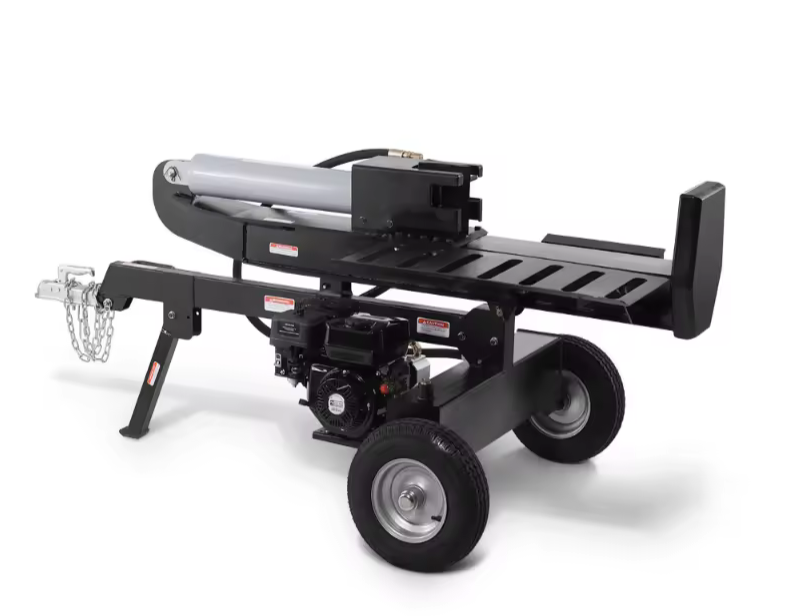
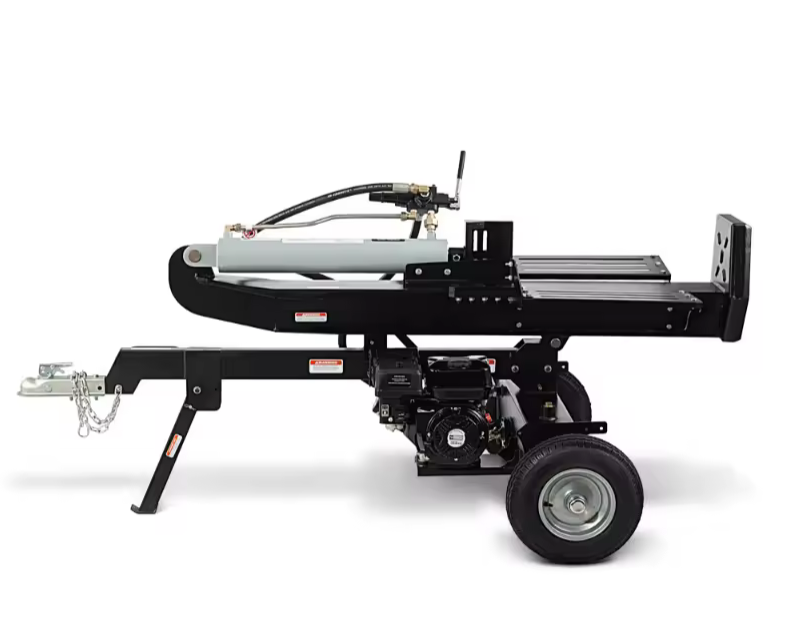
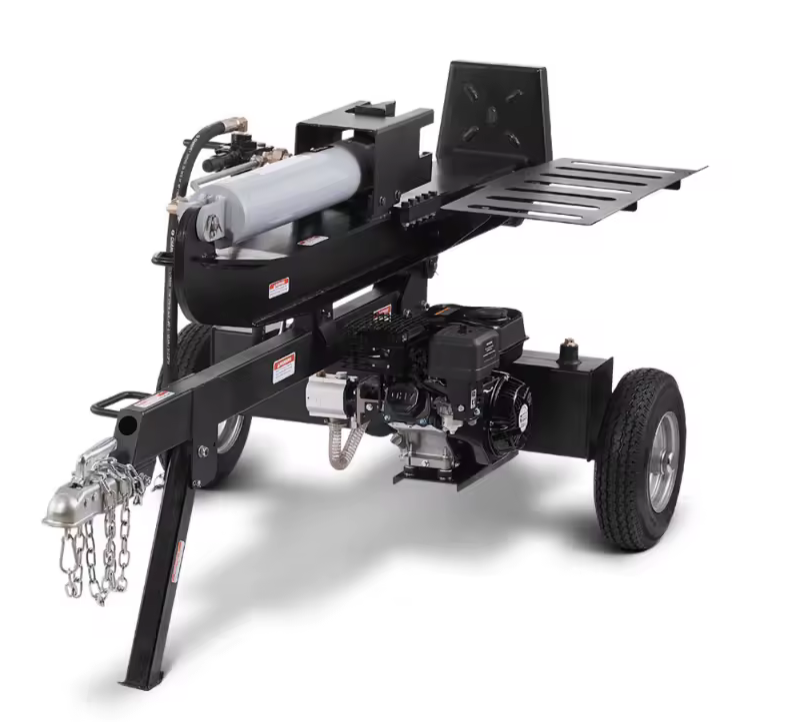
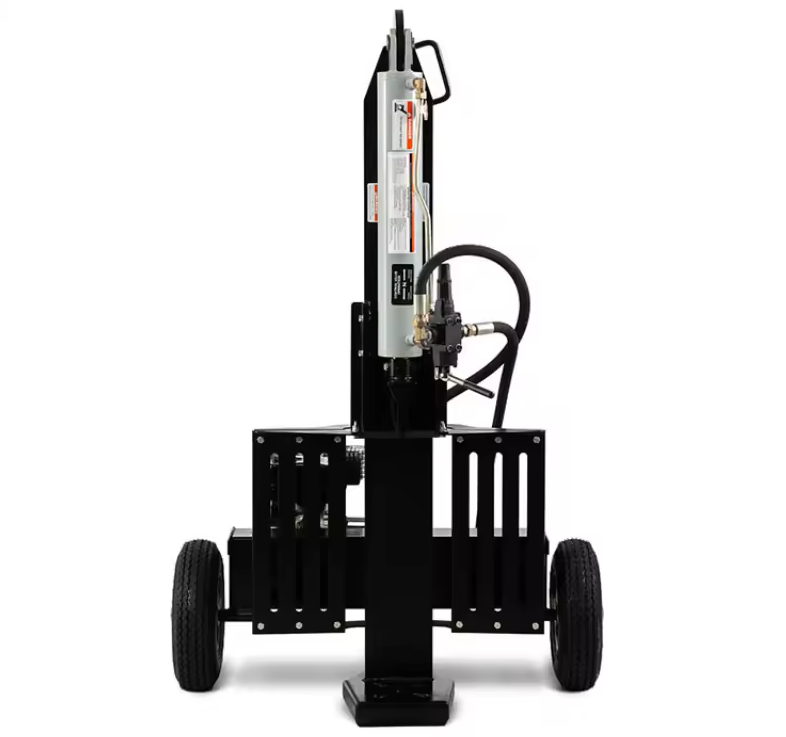
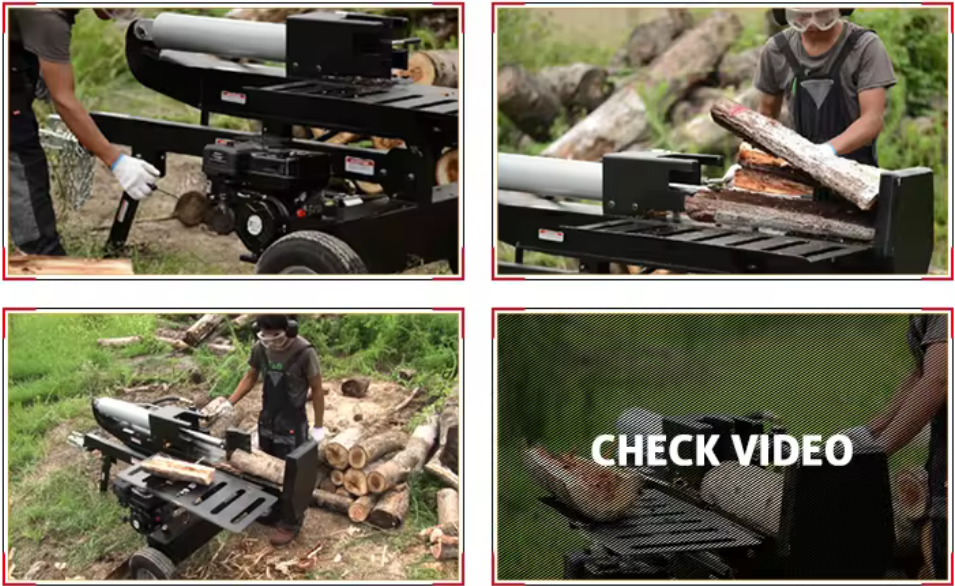
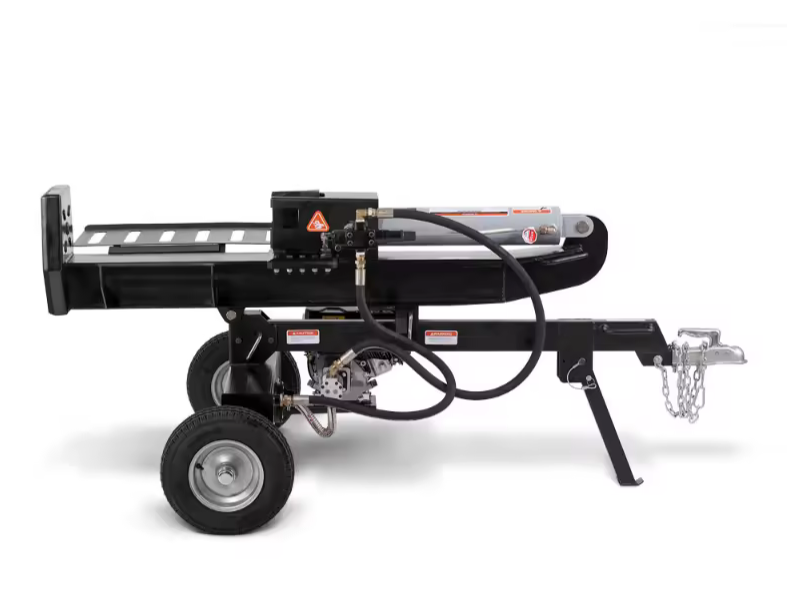
So, how does a hydraulic log splitter work?
There are various components found in a hydraulic log splitter. Each of these components plays an important role to make the splitter work optimally. However, the most important ones include the cylinder, pump, engine, filter, and the hydraulic valve.
The log splitter uses a hydraulic cylinder to move a wood piece into the wedge, which will then split the wood. The cylinder is powered by hydraulic oil, which is created by a hydraulic pump. An electric motor, or engine, controls the pump shaft and generates power for the entire machine. The oil in the hydraulic pump goes to the hydraulic valve, which has control over the motion of the cylinder.


